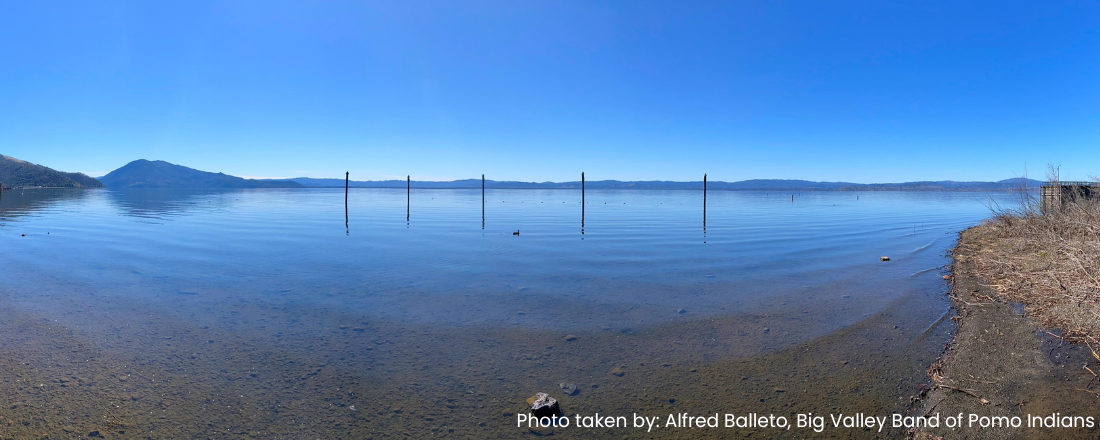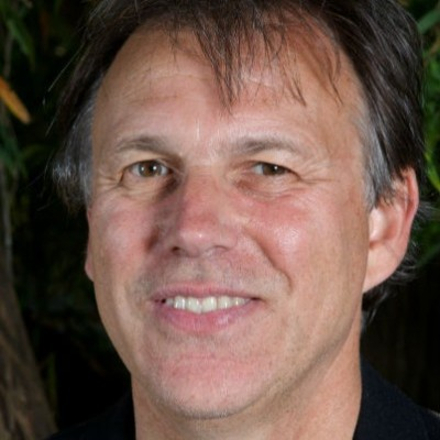
In the News
CHARM Project Launches to Establish Lake County Action Plan for Extreme Heat Events and Algal Blooms
- Lake County News
-
Focus Areas
Environmental Health -
Issues
Climate Change, Rural Health, Wildfires & Extreme Heat -
Programs
Tracking California

“A new program has been launched in Lake County to establish the first countywide and coordinated action plan for addressing the impact of extreme heat events and harmful algal blooms in communities.
The program is called the Climate Health Adaptation and Resilience Mobilizing, or CHARM for short.
Clear Lake in Lake County is California’s largest freshwater lake, providing drinking water to over 60% of the county’s residents, and driving the local economy through recreation and tourism.
The lake is also an important cultural and natural resource for seven local Native American tribes, including the Big Valley Band of Pomo Indians.
Severe heat events increase the chance of illness and death, especially among vulnerable populations.
A warming climate may also be related to the local increase in harmful algal blooms, or HABs, which produce a toxin called microcystin that can affect the water supply and impact community health.

We found that homes that rely on private drinking water supplied by Clear Lake have been contaminated with microcystin during harmful algal blooms. We know HABs are increasing in Lake County, and we’re concerned that more people will be at risk.Paul English, PhD, MPH
Director of Tracking California and Principal Investigator of CHARM, Public Health Institute
To guide the project and the development of the action plan, the CHARM project is establishing a working group of representatives from local tribes, county government and community-based organizations that are engaged in emergency response.”
Within the tribal community and seemingly throughout Lake County, people of this area are not fully prepared to face increasing heat waves and HABs. While it’s critical to continue monitoring these issues, we know there needs to be a plan in place to protect the sensitive populations from these impacts. There’s a lot to do – for example there aren’t any established cooling centers in the area. This project will help build resiliency for our communities.Sarah Ryan
Environmental Director at Big Valley Band of Pomo Indians and Co-Investigator for CHARM
To read the full article, click on the link below.
Related Articles
New program launches to develop coordinated county action plan for extreme heat events and harmful algal blooms in Lake County / Lake County News
New program launches to develop coordinated County Action Plan for extreme heat events and harmful algal blooms in Lake County / Lake County Record-Bee
More Updates
Work With Us
You change the world. We do the rest. Explore fiscal sponsorship at PHI.
Support Us
Together, we can accelerate our response to public health’s most critical issues.
Find Employment
Begin your career at the Public Health Institute.



